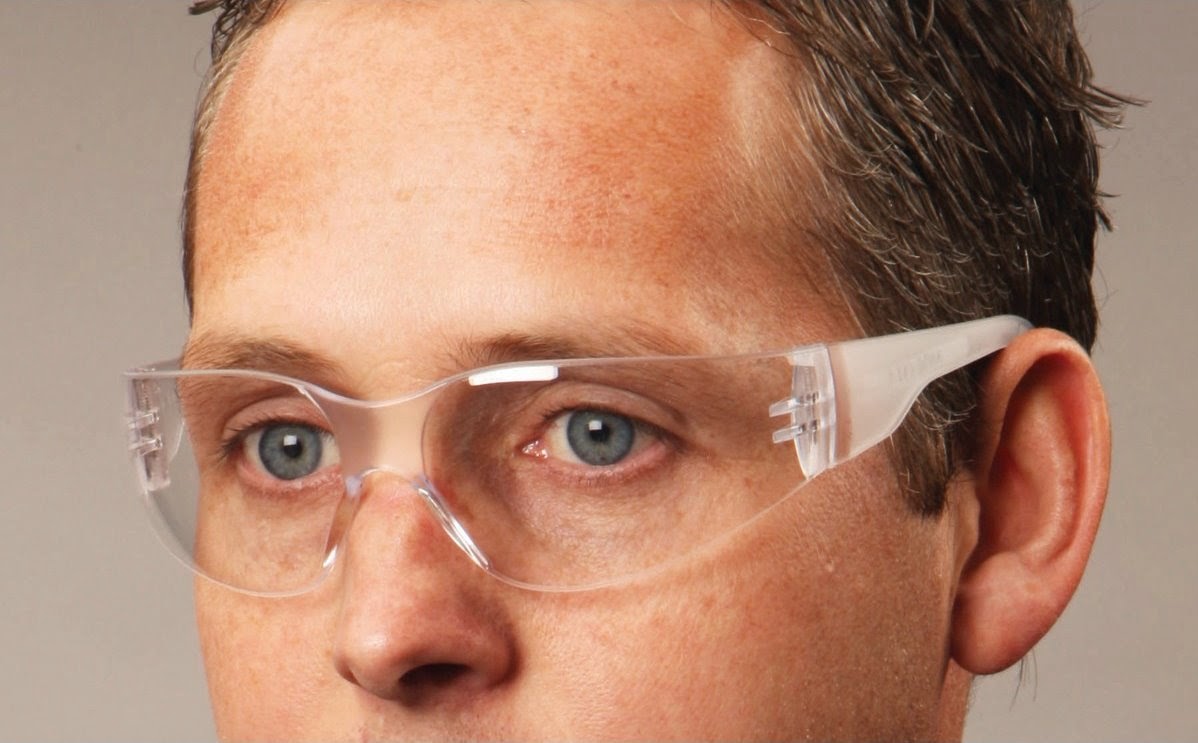Surgical procedures require precision and focus from the medical team to ensure patient safety. However, hazards in the operating room can pose risks to both the patient and staff. Surgical safety glasses provide an important layer of protection for eyes during medical procedures.
Eye Protection is Essential in the Operating Room
The operating room contains many potential risks to eyes such as splashes from bodily fluids, flying debris from surgical instruments, and glare from overhead lights. Surgical staff must carefully focus on intricate tasks while avoiding hazards just inches from their faces. Additionally, biohazards like blood and tissues pose infection risks if they come in contact with eyes. Surgical safety glasses create a barrier that protects eyes from such dangers common in medical settings. Their impact-resistant lenses are designed to withstand potential splashes or projectiles while allowing unobstructed vision.
Standards Help Ensure Proper Eye Protection
OSHA (Occupational Safety and Health Administration) has established clear regulations regarding eye and face protection for healthcare workers. Facilities must provide appropriate eye protection and enforce its use during any procedures likely to generate splashes, sprays, or particles. Standards assist in choosing eye protection offering adequate coverage, fit, and optical clarity. Following guidelines helps surgical teams meet fundamental requirements to safeguard vision on the job. Proper protection promotes both individual safety and regulatory compliance in healthcare organizations.
Choosing the Right Safety Glasses Design
Within eye protection standards, various Surgical Safety Glasses designs can meet needs. Frame and lens options allow finding the best fit based on facial features, tasks, and personal preference. Common styles include:
– Wraparound frames: These closely conform to face for maximal coverage around eyes. The wraparound design deflects splashes and assists with controlling glare.
– Detachable side shields: Attachable side panels enlarge field of view protection. They shield areas normally exposed at sides of standard safety glasses.
– Anti-fog and anti-scratch lenses: Special lens coatings minimize fogging from breaths and facility humidity. They help ensure clear vision. Scratch-resistant lenses withstand cleaning and prolong lens life.
– Prescription compatibility: Some models adapt prescription lenses so surgical staff needing vision correction can use the same glasses for both surgical and regular tasks.
Choosing the design offering the best fit, seal, and protection helps maximize eye safety benefits for each individual user.
Ensuring Proper Use and Maintenance
Simply providing quality surgical safety glasses does not guarantee eye protection unless staff properly uses and maintains them. Facilities must implement protocols to help ensure glasses:
– Are worn correctly at all times in hazardous areas like operating theaters. This involves positioning them snugly on face.
– Undergo regular disinfection using approved methods between patients to guard against transmission of pathogens.
– Receive routine inspection for defects like scratches or cracks that could compromise safety. Damaged glasses must be promptly replaced.
– Are stored correctly in clean containers or bags when not in use to avoid contamination.
– Are available in multiple sizes so all staff can find glasses creating an effective barrier.
With standardized protocols and education, surgical teams learn to seamlessly integrate effective eye protection into daily routines. This helps maximize ongoing visual health benefits.
Surgical Safety Glasses – A Wise Investment
While initial costs exist for supplying employees with quality protective equipment, surgical safety glasses prove a worthwhile investment. Their benefits include avoiding expensive workers’ compensation claims, lost work time from eye injuries, and legal liability risks from OSHA violations or infections. By safeguarding valuable vision and following prudent protocols, employers demonstrate their commitment to staff safety and well-being. Hospitals and other medical facilities discover surgical safety glasses deliver both tangible and intangible returns through protecting this vital sense over the long run.
Surgical safety glasses provide an essential yet often overlooked layer of protection in busy operating room environments. By shielding eyes from common hazards and ensuring proper use, facilities safeguard staff vision and comply with important safety standards. Overall, prioritizing quality eye protection represents a prudent investment in occupational and patient safety alike. Surgical teams deserve no less when focused on the meticulous work of medical procedures.
*Note:
1. Source: Coherent Market Insights, Public sources, Desk research
2. We have leveraged AI tools to mine information and compile it

